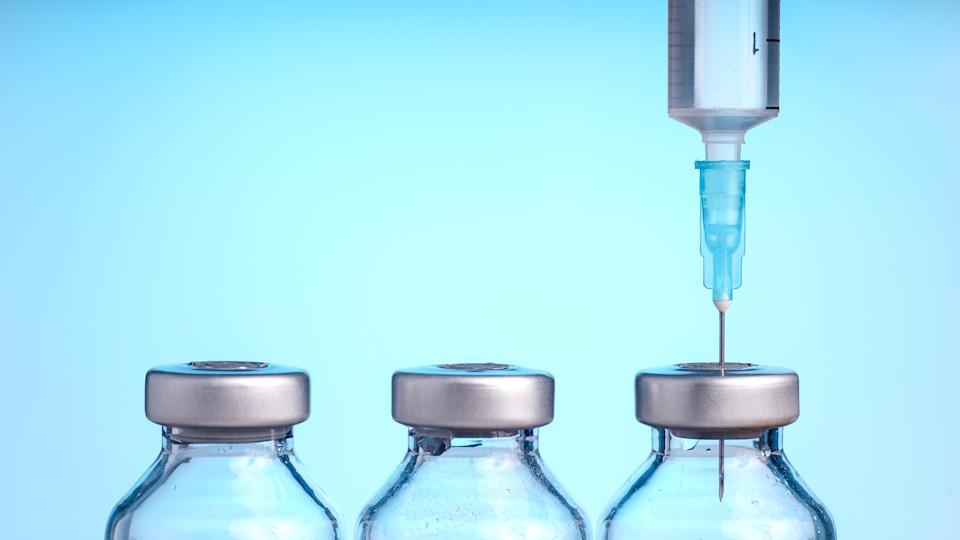Creating sustainable access to modern medicine

It’s easy to overlook just how much the world has changed in healthcare terms over the last 40-50 years thanks to modern medicine. From the availability of antibiotics to the transformation of HIV from a death sentence to a chronic condition, medical advances have added decades and decades to people’s lives. But discoveries such as these are only part of the picture – we also need to get medicines into the hands of the people that need them. In HIV therapy, for example, companies like Accord, Shire, Mylan, Matrix have done a lot to aid access in that critical area. This work has delivered a multiplicity of benefits, from slowing re-infection rates and reducing the spread of the virus to providing an affordable supply of antiretrovirals (ARVs). It is also work that could come easily undone without a sustainable medicines supply chain. Threats to a viable supply chain One current trend that’s making the supply base quite fragile is the commoditisation of medicines. Making price the primary driver of access is leading producers down a path of mergers and acquisitions (M&A) to become ever-bigger players in the hope it will bring them economies of scale. The M&A trend can certainly help a company in terms of its bottom line, but it also means that everyone is resting on the same underpinning supply chain. Without plurality of supply, there’s no resilience in the system and if a major supply component goes down, it can have ripple effects throughout the supply chain, resulting in medicines shortages and ultimately depriving people of access to medicine.
For example, at the beginning of last year, there was a surprise sequence of recalls linked to an assessment of a potential contaminant. It raised a question mark over the main active pharmaceutical ingredient supplier and that in turn impacted 70% of that product’s supply in Europe – and there was simply no way that the remaining 30% of supply could stretch to meet the demand. That’s just one example but by no means the only instance where millions of people have been deprived of a core treatment. Such things are an often-overlooked consequence of the buy-side consolidation and a drive for medicines procurement to be carried out using a purely price-based approach. Unfortunately, there’s no quick fix to these critical medicine issues. Pharmaceutical supply chains are not things that can be put in place rapidly, as there are long, complex arrangements for them, given the heavy regulation and oversight that is required. Added-value versions of traditional generic medicines are one way to offer a valuable means to avoid a purely price-based approach. We are always looking for ways to go ‘beyond the tablet’ to add value and potentially secure intellectual-property protection for innovating around known molecules. Although generics are identical to the original product, in terms of their clinical attributes, there are a number of ways in which generic products can be developed and enhanced in a non-clinical fashion. These added-value products can add something as simple as extra pack sizes or better labelling for safety recognition, or they might offer easier ways to use that product or additional service offerings around it. All of those things can improve care, improve compliance, and improve safety. However, they do ultimately come at a cost – if there's no incentive for those attributes to be developed then there’s a very clear incentive to not make that effort and simply go for the lowest possible cost. Most added-value generics have the ability to improve current treatment paradigms – but only if there are economies of scale for this kind of positive innovation. A similar sort of outlook is needed if healthcare systems are to reap the benefits of cheaper biosimilar versions of established biologic drugs for conditions like arthritis, cancer and diabetes. Designing systems to recognise value To improve the current market dynamic, we need to support market forces to redefine success based on value, and not price. One clear way to achieve that is to come together as a healthcare industry to lobby for the implementation of the most economically advantageous tender (MEAT) concept that looks for the ‘best value’ from medicine deals rather than simply the ‘best price’. It is only then that we can get on the right path to ensuring a sustainable generics and biosimilars business model. Public sector organisations should be looking for products that fit the patient need and turn away from a race to the bottom. It is the only way to ensure supply chain resilience, reliability and improved products for patients. Read more about this topic in Accord Healthcare’s Spotlight on The Future Of Generics About the author  James Burt is executive vice president EMENA, Accord Healthcare. James has over 20 years’ experience in the pharmaceutical industry, predominantly in the generics and biosimilar sector. His pharma experience includes UK, Europe, and Global management roles in commercial, business development and general management positions. For further information go to www.accord-healthcare.com/uk/
James Burt is executive vice president EMENA, Accord Healthcare. James has over 20 years’ experience in the pharmaceutical industry, predominantly in the generics and biosimilar sector. His pharma experience includes UK, Europe, and Global management roles in commercial, business development and general management positions. For further information go to www.accord-healthcare.com/uk/











